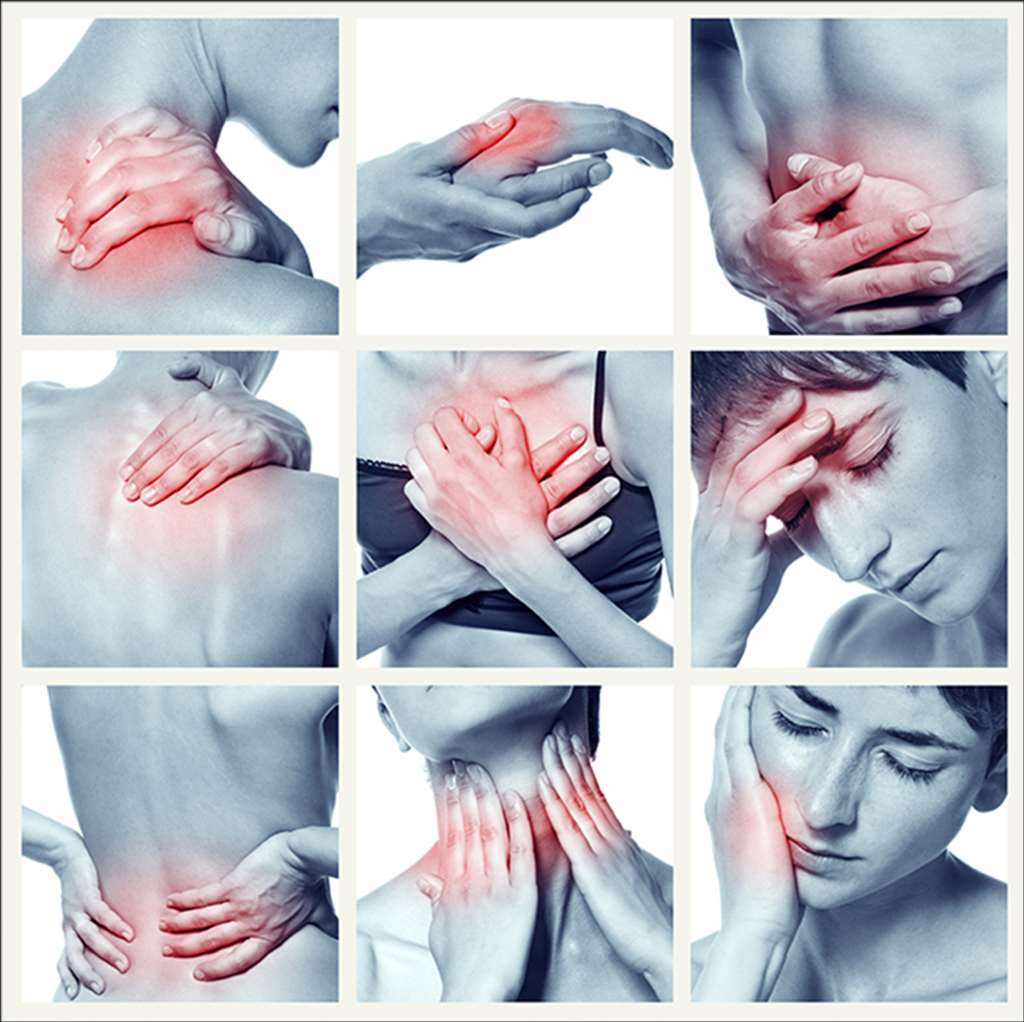Top 7 Home Remedies for Fibromyalgia-Fatigue
Women are much more likely to develop fibromyalgia. Many people suffering from fibromyalgia also suffer from tension, headaches, temporomandibular joint disorders (TMJ), anxiety, depression, irritable bowel syndrome, etc. There is no cure of fibromyalgia in modern medicine but a variety of medicines are available to control its symptoms. Exercise and stress-reduction measures may also help.
What are the symptoms of fibromyalgia?
- Widespread pain—There is a constant dull ache that has lasted for at least 3 months. The pain occurs on both sides of the body and also above and below the waist.
- Cognitive difficulties—A symptom commonly known as—fibro fog impairs the ability to focus and concentrate on mental tasks.
- Fatigue—Patients suffering from fibromyalgia often awaken tired and the sleep is often disrupted by pain and many patients also develop sleep disorders like—restless legs syndrome and sleep apnea.
- Many patients who have fibromyalgia also experience depression, headaches or cramping pain in the lower abdomen.
- Stiffness
- Burning sensation
- Pain is usually severe on waking up in the morning and gradually decreases with passing of the day.
What are the causes of Fibromyalgia?
- Infections—Some illnesses trigger or aggravate fibromyalgia.
- Physical or Emotional Trauma—Post-traumatic stress disorder can be correlated with fibromyalgia.
- Heredity—Fibromyalgia tends to run in families.
Diagnosis
- The diagnostic evaluation of fibromyalgia can take time, but this should not be the barrier in primary care practices. It is diagnosed on the basis of characteristic symptoms. Patient history, physical examination and ruling out co-morbid disorders are the cornerstones of fibromyalgia recognition. No radiological testing is required however some tests like—ESR, C-reactive protein (CRP) levels, a complete blood cell count, rheumatoid factor (RF) factor is recommended.
Fibromyalgia according to Ayurveda
- The Charak Samhita Sutrasthana Chapter 13 elaborates on the pre-eminence and primacy of the Vata dosha in the body. Acording to Master Charak, Vata is the physical energy of the body penetrating as a life force everywhere in the physiology. Fibromyalgia is classified as Mamsa Dhatugat (diseases affecting muscles and tendons) and Mamsavrut Vata (diseases due to excess of Vata dosha in muscles and tendons). It involves dysfunction in Vata Vaha Srota, Mamsa Vaha Srota and Mamsa Dhatvagni. It falls into a sub-type of disease known in Ayurveda as “Vatavyadhi”—the diseases caused primarily due to the vitiation of Vata dosha—the physiological energy responsible for the stability and activity of the nervous system.
- It is described in ancient texts as manifesting with a variety of possible and changing symptoms and signs including pain, stiffness, fatigue, gradual loss of movement, mental disturbance etc. Dietary and lifestyle modifications are suggested in Ayurveda to correct the Vata imbalance. In Ayurveda, accumulation of toxins is believed to be the root cause of various auto-immune disorders like—rheumatoid arthritis, cervical spondylosis and fibromyalgia.
- The build-up of toxins can lead a person to feel fatigue all the time. When toxic accumulation takes its toll on the nerve tissue, it results into the symptoms of tenderness, sensitivity and pain. Therefore, cleaning of toxins becomes necessary. Primarily, samprapti (pathogenesis) originates in the gastro-intestinal tract, then branches out through the madhyama rogamarga, the middle channels of the pathogenic process of disease with special inclination for shleshma sthana especially mamsa dhatu (muscle tissue) and their corresponding channels.
Ayurveda uses a range of natural anti-arthritic herbs to treat this condition. Various herbs are
- Shallaki (Boswellia serrata)—This herb is commonly known as “Salai Guggal”. It is a resin obtained from the tree and is purified and used to treat pain and inflammation. It has the potential to relieve pain naturally without having any side effects and is a popular natural anti-inflammatory herb used by Ayurvedic physicians across the world.
- Nirgundi (Vitex negundo)—It is considered as the most potent anti-arthritic herb effective in controlling pain and inflammation in arthritic conditions.
- Ashwagandha (Withania somnifera)-– This herb is commonly known by the name Indian ginseng by the western countries. This herb has anti-inflammatory and anti-stress properties.
- Guggul (Commiphora mukul)—This herb has analgesic and anti-inflammatory properties. This herb helps particularly in osteo-arthritis.
- Giloy (Tinospora cordifolia)—This herb is one of the leading immunomodulators. This herb is known by the name “Amrita” meaning elixir for long life.
- Ginger (Zingiber officinale)—It is a very common anti-inflammatory herb that reduces inflammation and also a good analgesic.
Top 7 Home Remedies for Fibromyalgia:
- Grind 8-10 papaya seeds and mix it in a glass of water and boil it. Drink this water twice or thrice a day for a month.
- Drink freshly prepared cranberry juice or radish juice daily.
- Drinking freshly prepared juice of beetroot, carrot can help in fighting this condition, apart from improving overall health.
- Make Meditation as a part of your lifestyle.
- Regular Sleeping Habits—This is important for reducing pain
- Make a habit of morning walk every day.
- Epsom salt—Epsom salt is magnesium sulphate. Epsom salt bath helps the body to absorb magnesium as fibromyalgia is associated with magnesium deficiency.
Diet—Things to be Taken
- The best suited diet for fibromyalgia are vegetable juices, cow’s ghee, spices such as—ginger, coriander, asafoetida, turmeric, fennel, etc. It is a condition mainly associated with magnesium deficiency, so it is good to consume green leafy vegetables, soybeans, cashews, almonds. Taking omega-3 fatty acids help in creating a hormone prostaglandin that helps in reducing inflammation.
- It is essential to drink plenty of water to flush out toxins from the body.
Things to be Avoided
- Avoid eating spicy food, caffeine, refined sugar, yogurt.
Note : It should be noted that herbs give results but it will take some time for herbs to manifest in the body.




